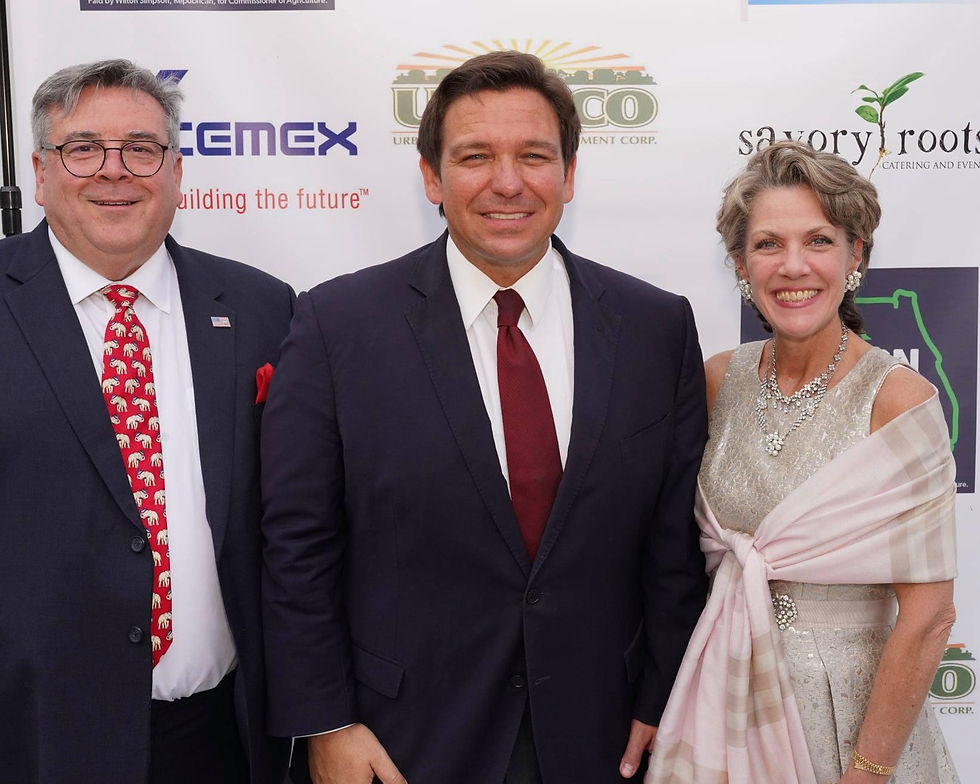Taxing the Poor.
- The Chairman

- May 21, 2024
- 3 min read

This scenario illustrates the broader impact of inflation on economic inequality, as those with less financial flexibility are hit hardest by price increases in essential goods and services.
1. Higher Proportion of Income Spent on Essentials: The poor and middle class spend a larger share of their income on essential goods like food, housing, and transportation compared to wealthier individuals. When prices for these essentials rise, it consumes a larger portion of their already limited income, leaving less for savings or discretionary spending.
2. Limited Financial Buffers: Many individuals in these income brackets lack significant savings or financial buffers to absorb sudden increases in cost. This can lead to immediate financial strain, increased debt, or the inability to cover necessary expenses.
3. Wage Stagnation: Often, wage increases for lower and middle-income workers do not keep pace with inflation. This lag means that even as the cost of living rises, their purchasing power diminishes, reducing their overall economic stability and quality of life.
4. Access to Credit: The poor and middle class may have more limited access to affordable credit. This can prevent them from smoothing out consumption when prices rise, unlike higher-income individuals who can more easily leverage credit options without compromising their financial health.
5. Elasticity of Demand for Essentials: The demand for basic goods (like food and housing) is relatively inelastic, meaning people need to purchase these items regardless of price changes. This inevitability forces lower-income households to allocate more of their limited resources to these goods without the ability to cut back significantly.
Inflation is often described as a "silent thief," disproportionately impacting the purchasing power of the middle and lower economic classes. Here are several critical ways in which inflation affects these groups:
1. Reduced Purchasing Power: Inflation erodes the real value of money, meaning that with rising prices, the same amount of money buys less than it did previously. This effect is more pronounced for the poor and middle class, who typically spend a higher proportion of their income on essentials like food, housing, and healthcare.
2. Cost of Living Increases: As the prices of basic goods and services increase, the cost of living rises. This can be especially challenging for fixed-income earners, many of whom are in the lower or middle classes. Pensions and wages often don’t increase at the same pace as inflation, leading to a decrease in the standard of living.
3. Impact on Savings: Inflation can diminish the value of saved money, which affects those in the lower and middle classes who may find it more difficult to save. What savings they do have lose purchasing power, making it harder to plan for future expenses or emergencies.
4. Housing Affordability: Inflation often leads to higher property prices and rent, disproportionately affecting those who spend a larger share of their income on housing. This can lead to housing insecurity or force families to move to less desirable locations.
5. Access to Credit: High inflation can lead to higher interest rates as the central bank attempts to control inflation by making borrowing more expensive. This can restrict access to credit for home purchases or businesses, particularly affecting those not already well-established financially.
6. Job Security and Wage Stagnation: Although inflation can sometimes lead to higher nominal wages, these increases may not keep pace with the overall rise in prices. Job security can also become a concern if businesses need to cut costs due to increased expenses elsewhere.
In summary, inflation acts as a regressive economic force, posing significant challenges particularly to those less financially cushioned. Addressing these impacts requires thoughtful economic policies that consider the disproportionate burden on poorer and middle-class families.



































Comments